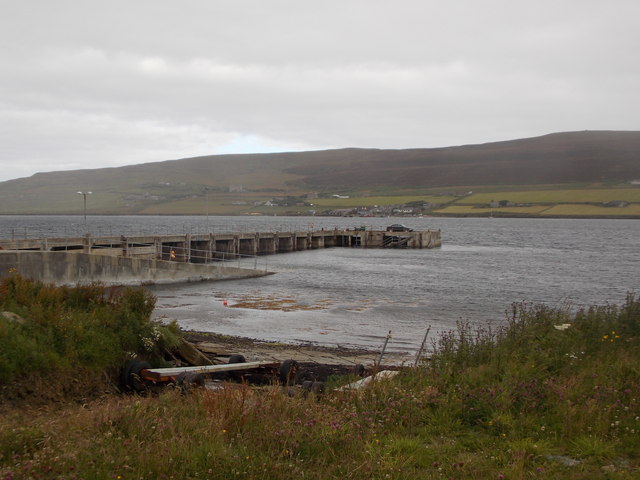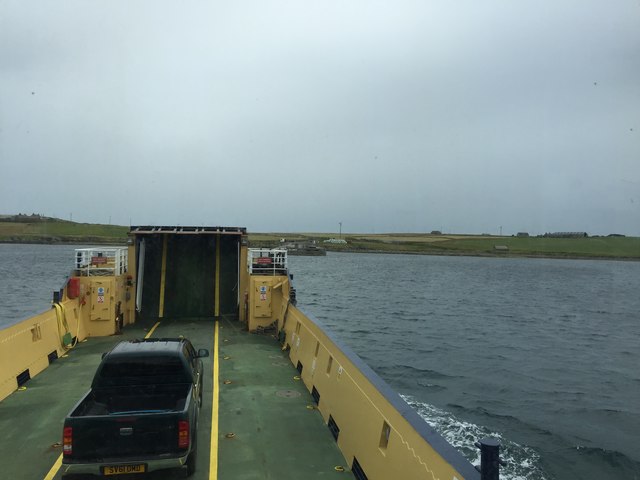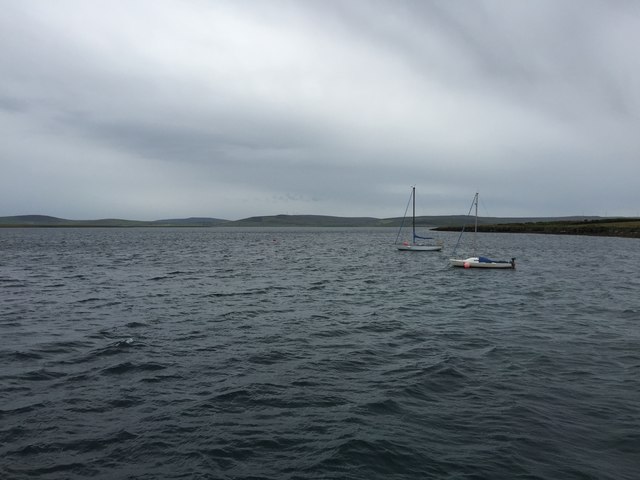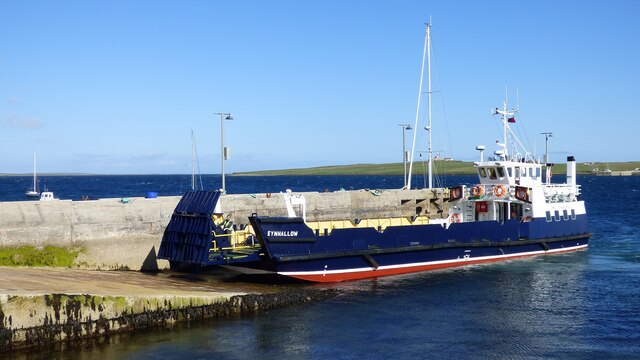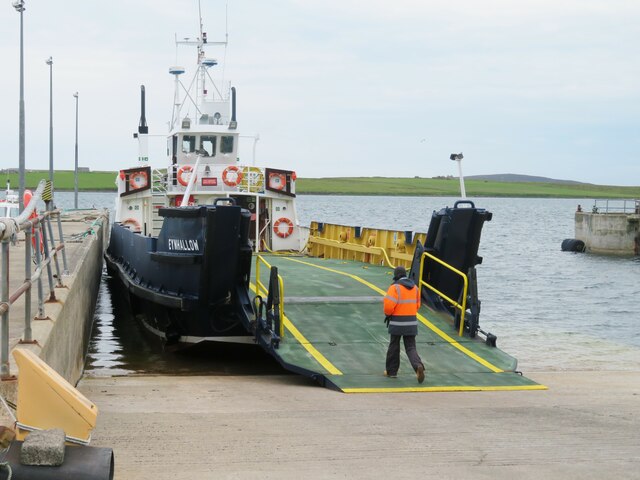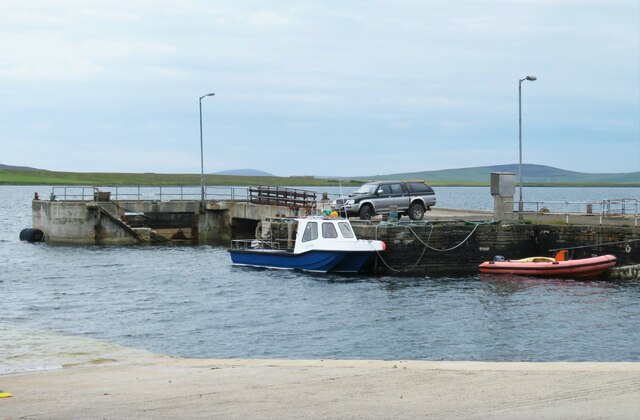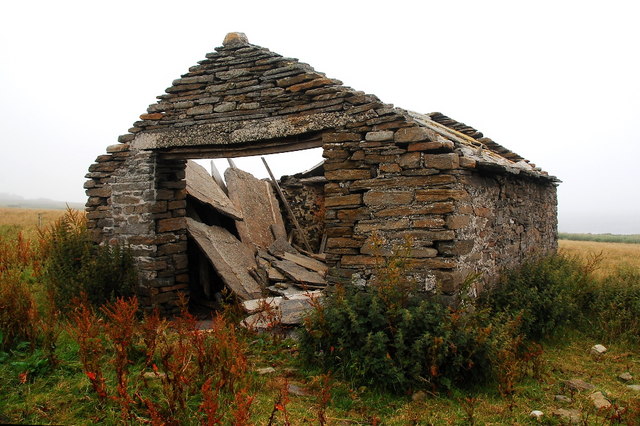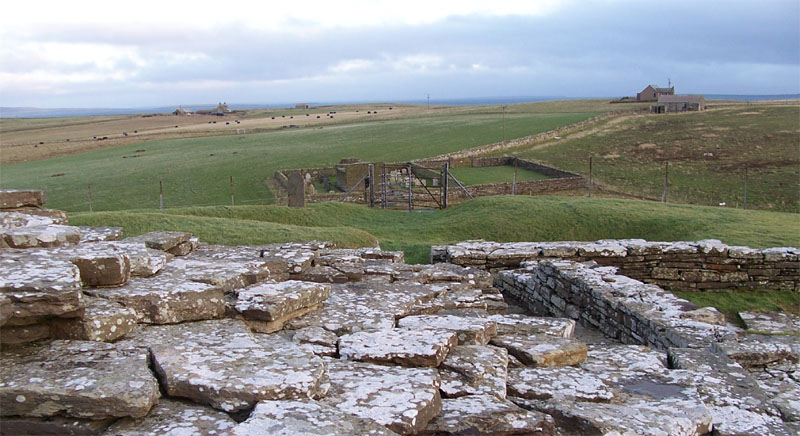Bay of Cott
Bay in Orkney
Scotland
Bay of Cott
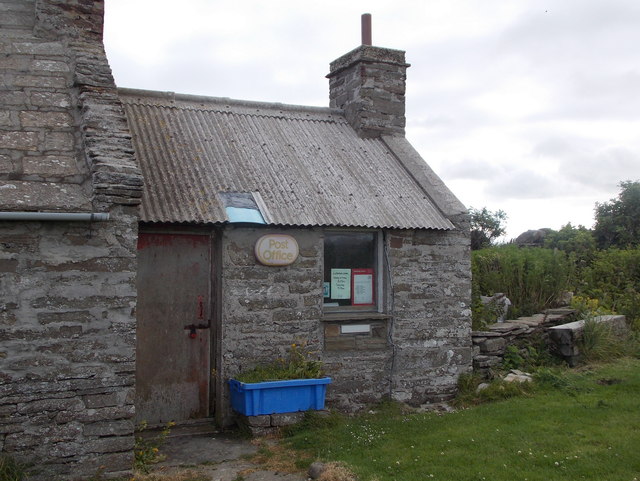
The Bay of Cott is a scenic coastal area located in the Orkney Islands, Scotland. Situated on the southeastern coast of the island of South Ronaldsay, this bay offers breathtaking views and a tranquil atmosphere. It is surrounded by rugged cliffs, rolling hills, and pristine sandy beaches, making it a popular destination for nature lovers and outdoor enthusiasts.
The bay is known for its crystal-clear turquoise waters, which are ideal for swimming and water sports during the warmer months. The sandy shores are perfect for sunbathing and picnicking, while the nearby dunes provide a habitat for various bird species. Birdwatchers can spot seabirds such as puffins, guillemots, and kittiwakes nesting on the cliffs.
The Bay of Cott is also famous for its archaeological significance. Nearby, the Neolithic settlement of Skara Brae is a UNESCO World Heritage site, dating back over 5,000 years. Visitors can explore the well-preserved stone houses and gain insights into the lives of the ancient inhabitants.
For those seeking outdoor activities, the bay offers excellent opportunities for walking, hiking, and cycling. The nearby Burray Village is home to a causeway, known as the Churchill Barriers, built during World War II to protect the British naval fleet. Today, it serves as a popular cycling route, offering stunning views of the bay and the surrounding landscape.
With its stunning natural beauty and rich historical heritage, the Bay of Cott in Orkney is a must-visit destination for those looking to immerse themselves in Scotland's diverse and captivating landscapes.
If you have any feedback on the listing, please let us know in the comments section below.
Bay of Cott Images
Images are sourced within 2km of 59.112596/-2.9804732 or Grid Reference HY4325. Thanks to Geograph Open Source API. All images are credited.

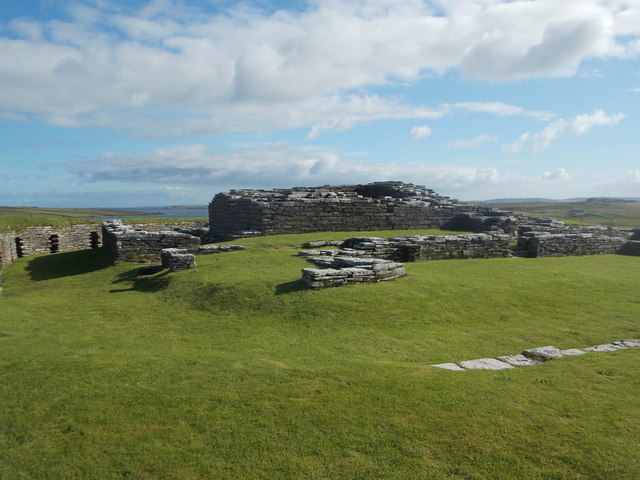
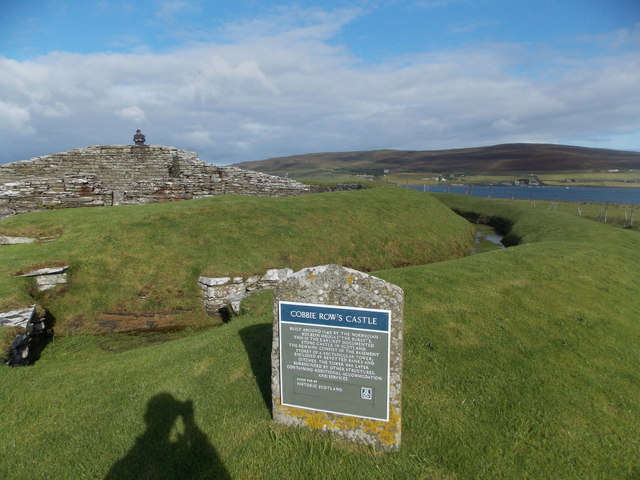
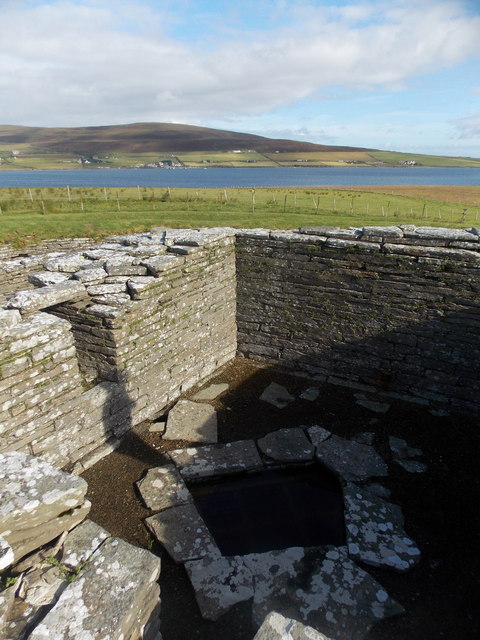
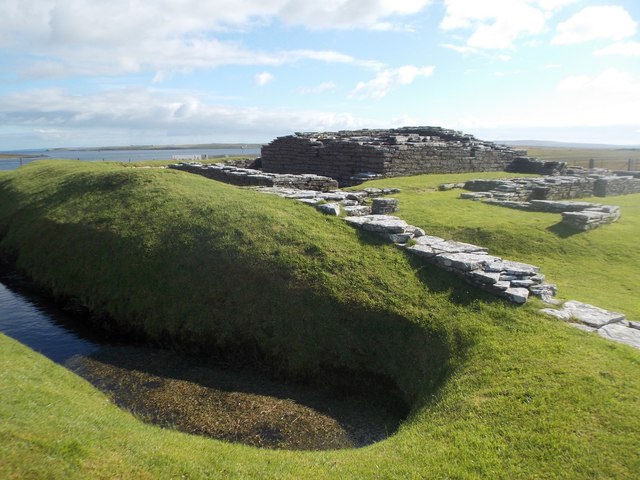

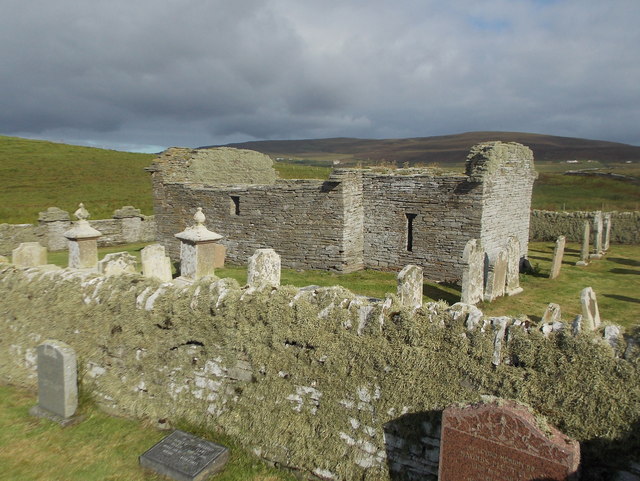
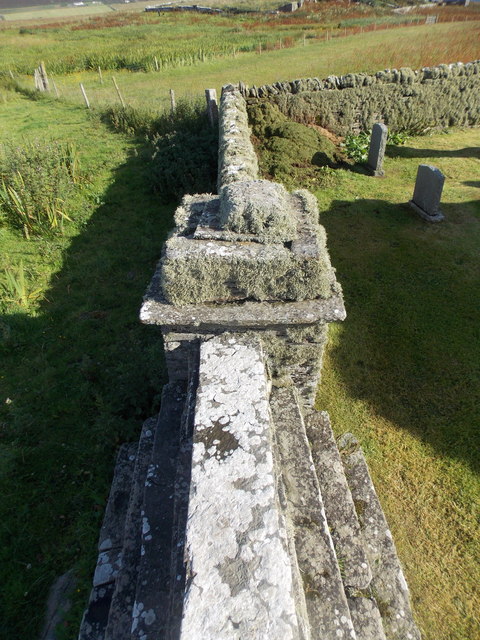
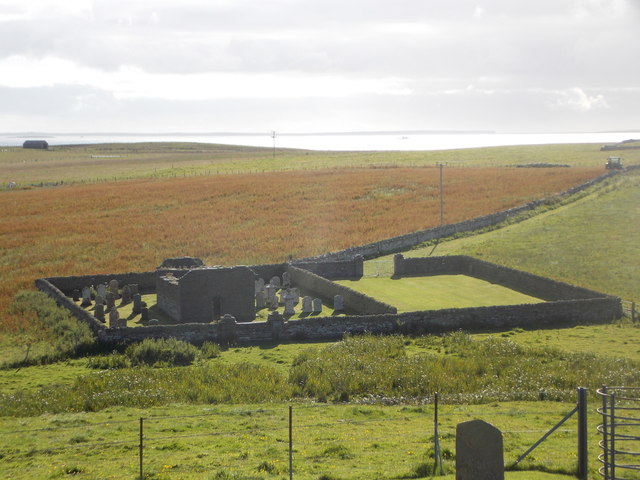
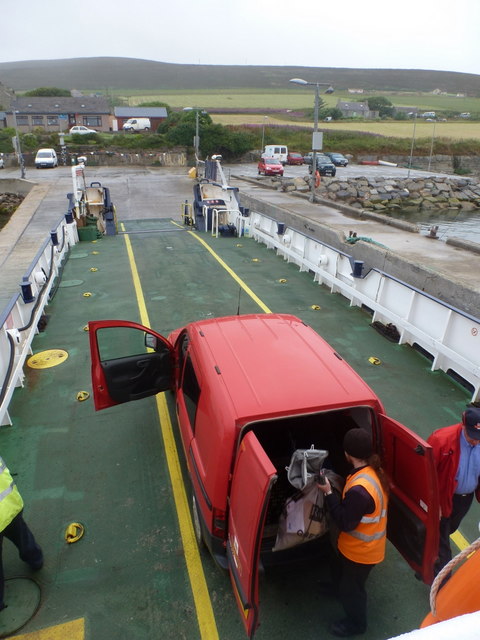
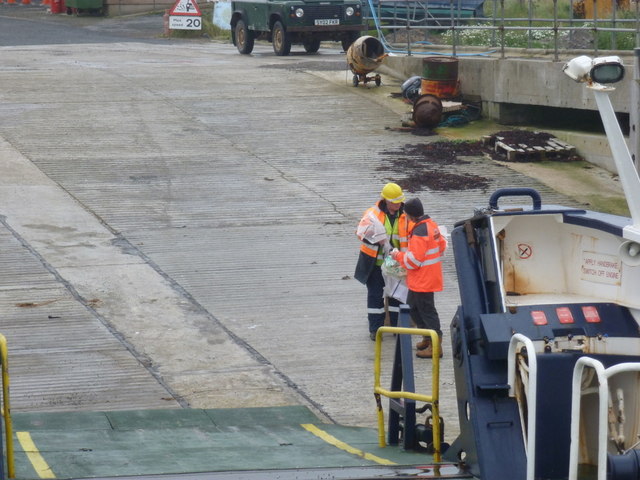
Bay of Cott is located at Grid Ref: HY4325 (Lat: 59.112596, Lng: -2.9804732)
Unitary Authority: Orkney Islands
Police Authority: Highlands and Islands
What 3 Words
///conjured.briefing.palms. Near Brinian, Orkney Islands
Nearby Locations
Related Wikis
Cobbie Row's Castle
Cobbie Row's (or Cubbie Roo's) Castle is the oldest medieval castle known to exist in Scotland. The castle ruins are located on the island of Wyre in Orkney...
St. Mary's Chapel, Wyre
St. Mary's Chapel is a ruined 12th century chapel found on the island of Wyre, in Orkney, Scotland. It is thought to have been built by a Norse chieftain...
Wyre, Orkney
Wyre (historically known as Viera and Veira) is one of the Orkney Islands, lying south-east of Rousay. It is 311 hectares (1.20 sq mi) and 32 metres (105...
Brinian
Brinian is a village on the island of Rousay, in Orkney, Scotland. Trumland is situated to the west of the village, with Taversöe Tuick nearby. Brinian...
Nearby Amenities
Located within 500m of 59.112596,-2.9804732Have you been to Bay of Cott?
Leave your review of Bay of Cott below (or comments, questions and feedback).
